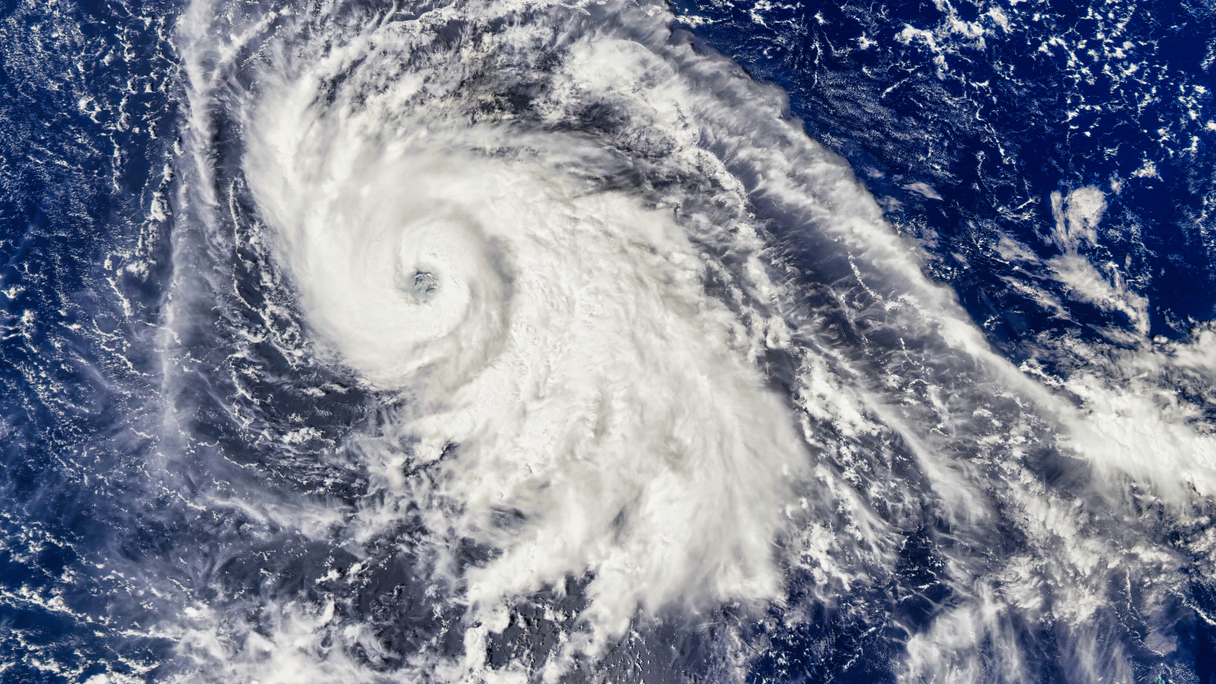As extreme storms once again wreak havoc across Asia Pacific (Apac), banks are assessing how these risks are playing out for their exposures and how so called ‘silent’ credit risk could be building up.
In early September, Super Typhoon Yagi caused billions of dollars of economic losses and cost hundreds of lives across Hainan, Guandong, the Philippines, Vietnam, Myanmar, and to a lesser extent Hong Kong. With the insurance gap still large across the region, banks need to understand how climate change makes their lending more risky. While banks are currently protected from most extreme weather events by (re)insurance, if insurance become more expensive or harder to access, then the transmission of physical risks of climate change to financial risks to banks becomes more direct.
Tom Mortlock, climate risk advisory lead – analytics, Apac, Aon, told FinanceAsia: “Financial institutions and the flow of credit is key to economic growth across Asia, but so too is the insurance that sits behind this, that de-risks the lending. Unfortunately, the insurance gap in Asia sits as one of the largest in the world, with only 14% of economic losses covered by insurance in 2023, making lending in areas of high climate risk across the region a potentially volatile activity.”
Aon has recently put out a report entitled Why is climate change important for financial institutions?.
Mortlock explained: “Climate change is increasing the underlying risk profile in many locations and over the time scales that banks are lending on. Lenders are now becoming increasingly aware that these two factors put together – low insurance coverage and high climate risk – can be a ‘silent’ credit risk on their books which until now has gone unaccounted for.”
Analytics could be key to assess the risks. “We are now beginning to see a range of banks and other financial institutions turn to traditionally insurance-based analytics to understand their exposure to climate risks, and incorporate this into their loan origination and risk appetite decisions,” said Mortlock.
While extreme weather is almost guaranteed across the region, some Asian cities are much better equipped to handle extreme weather than others, through the likes of investment in drainage systems.
Philip Tapsall, head of corporate and finance sector engagement, XDI (Cross Dependency Initiative), part of The Climate Risk Group, said: “Hong Kong is exposed to extreme weather events that are expected to worsen with climate change (particularly typhoons and flooding), however the general high standard of buildings and infrastructure in Hong Kong means that it is better prepared than other cities and regions.”
Tapsall added: “However, banks operating in Hong Kong have significant exposure to less prepared areas like south-eastern China and Southeast Asia (SEA) where climate change increase financial risks to balance sheets through direct losses and economic impacts.”
Exposures can come in the form of impacts on trade, delays in building supply chains, or direct financial losses in terms of shutdowns to banks’ offices etc.
Earlier this year, XDI teamed up with the Hong Kong Monetary Authority and KPMG to help banks assess their physical risks to climate change in the city.
Regulation rising
Aon’s Mortlock also noted a rise of incoming regulatory challenges in the region.
He noted: “We have a raft of climate-related regulation coming in across Asian jurisdictions where companies are going to have to start disclosing their climate related risks to the market. In fact, some analysis that we have done suggests that in excess of 10,000 listed companies will have to undertake some form of mandatory climate disclosure across the Asia region by 2027.”
“At the same time, we have regulators beginning to undertake their own climate stress test on the financial services sector to ensure there is sufficient capital in the system to withstand climate shocks both now and in the future,” Mortlock continued.
¬ Haymarket Media Limited. All rights reserved.

